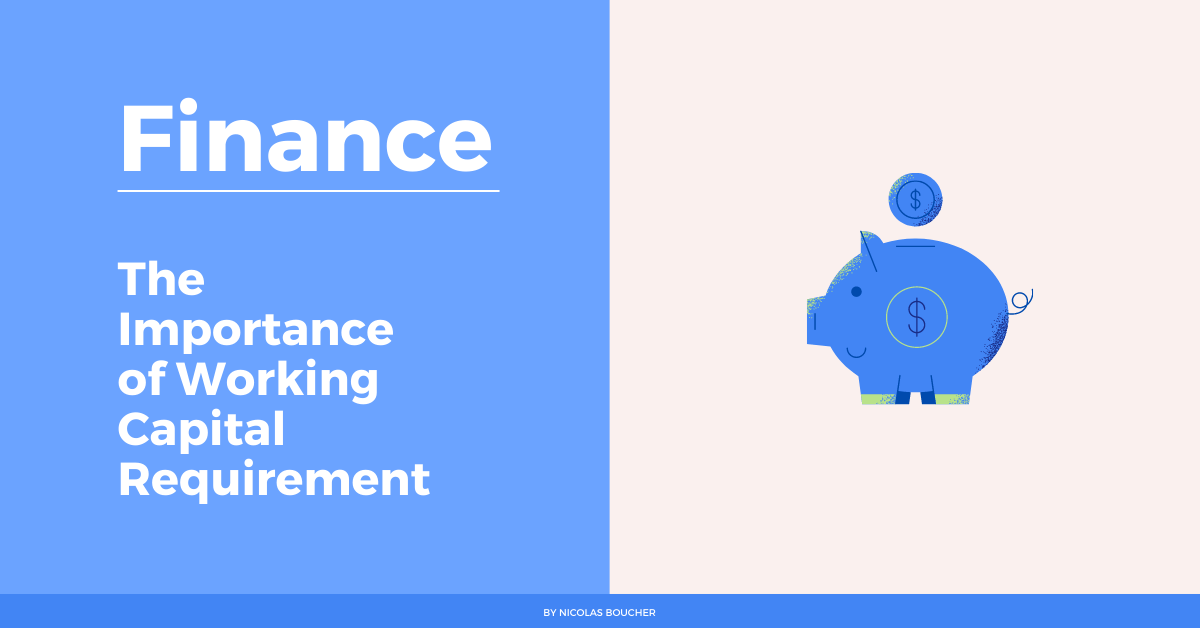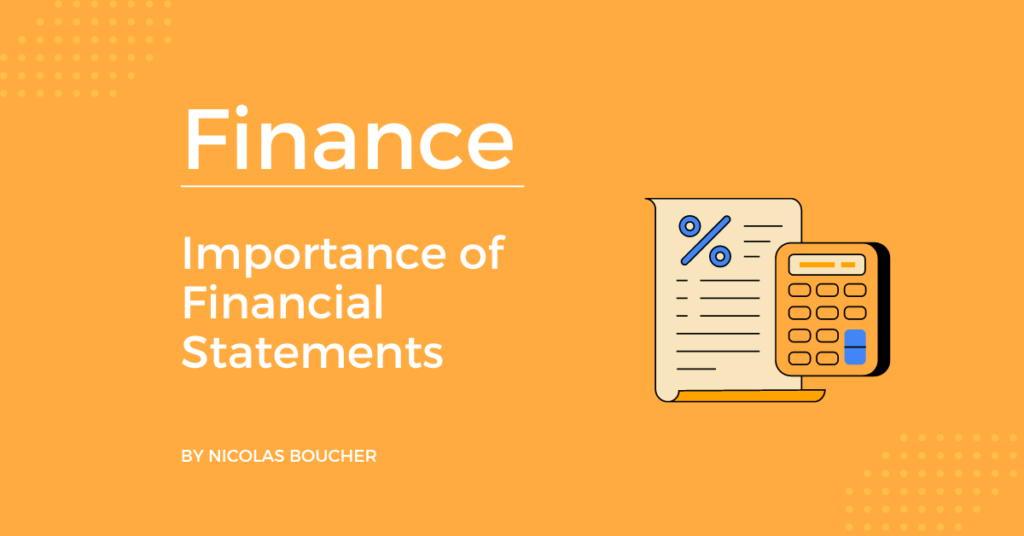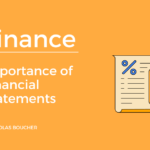Working capital is the amount of money that a business needs to cover its short-term expenses, such as inventory, salaries, and taxes. A working capital requirement is the minimum amount of working capital that a business needs to have on hand to maintain its operations and meet its financial obligations.
Therefore, determining a business’s working capital requirement is an important part of financial planning and management. A business with insufficient working capital may struggle to pay its bills and meet its obligations, which can negatively impact its operations and profitability.
On the other hand, a business with excess working capital may be missing out on opportunities to invest or grow its business.
To determine a business’s working capital requirement, a financial manager will typically review the business’s current assets, such as cash, accounts receivable, and inventory, and compare them to its current liabilities, such as accounts payable, taxes, and debt payments.
Table of Contents
5 Reasons Why Is Working Capital Requirement Important
Here are the five reasons why you need Working Capital Requirement and its effect on cash.
#1: Changes in working capital requirement (WCR) have a direct impact on your cash balance.
When WCR goes up, cash goes down.
When WCR goes down, cash goes up.
#2: Analyzing WCR allows you to identify old receivable balances & increase stock balances.
You will prevent unexpected depreciation of old items thanks to a timely review.
#3: WCR is a good indicator of financing needs for growing companies.
See how your WCR is changing and compare it with your growth. Then, plan your WCR based on your growth forecasts & secure the required financing.
#4: Identify the impact of your supply chain plan on your cash.
Reviewing your inventory level informs you of the effect of supply chain decisions on your cash. After that, align priorities: client delivery, lead time & financing capabilities.
#5: Your clients & suppliers payment terms will directly impact your receivables & payables balances.
Paying your suppliers too early & allowing long payment terms to your clients will limit your cash position. Additionally, manage it well & you will be less dependent on external financing!
The Bottom Line
Above all, this analysis can help identify any potential shortfalls in working capital and provide insights into how the business can improve its financial health and stability. How do you analyze WCR, and how is Finance involved in this topic?
To obtain more expert finance knowledge, you can take my course.











